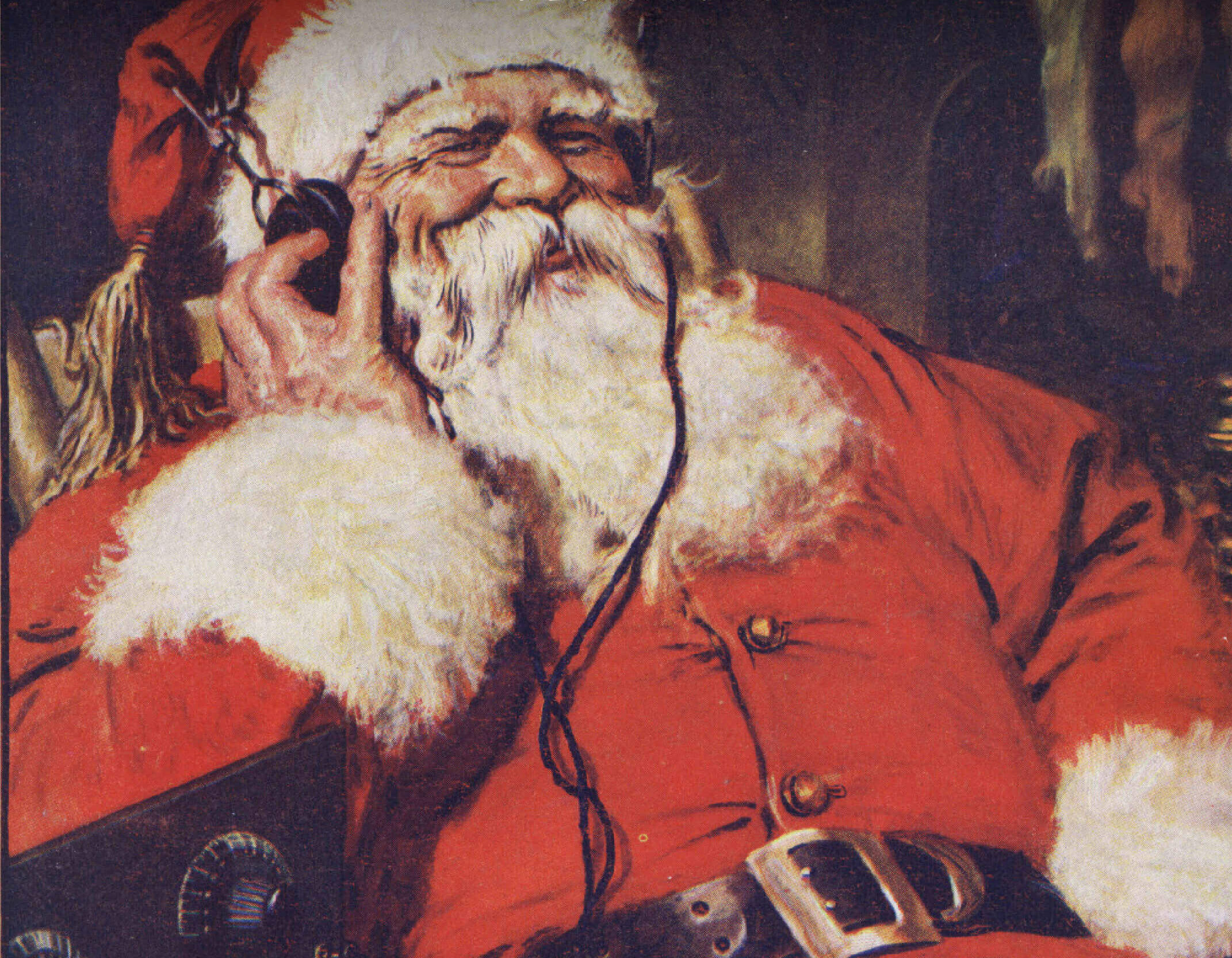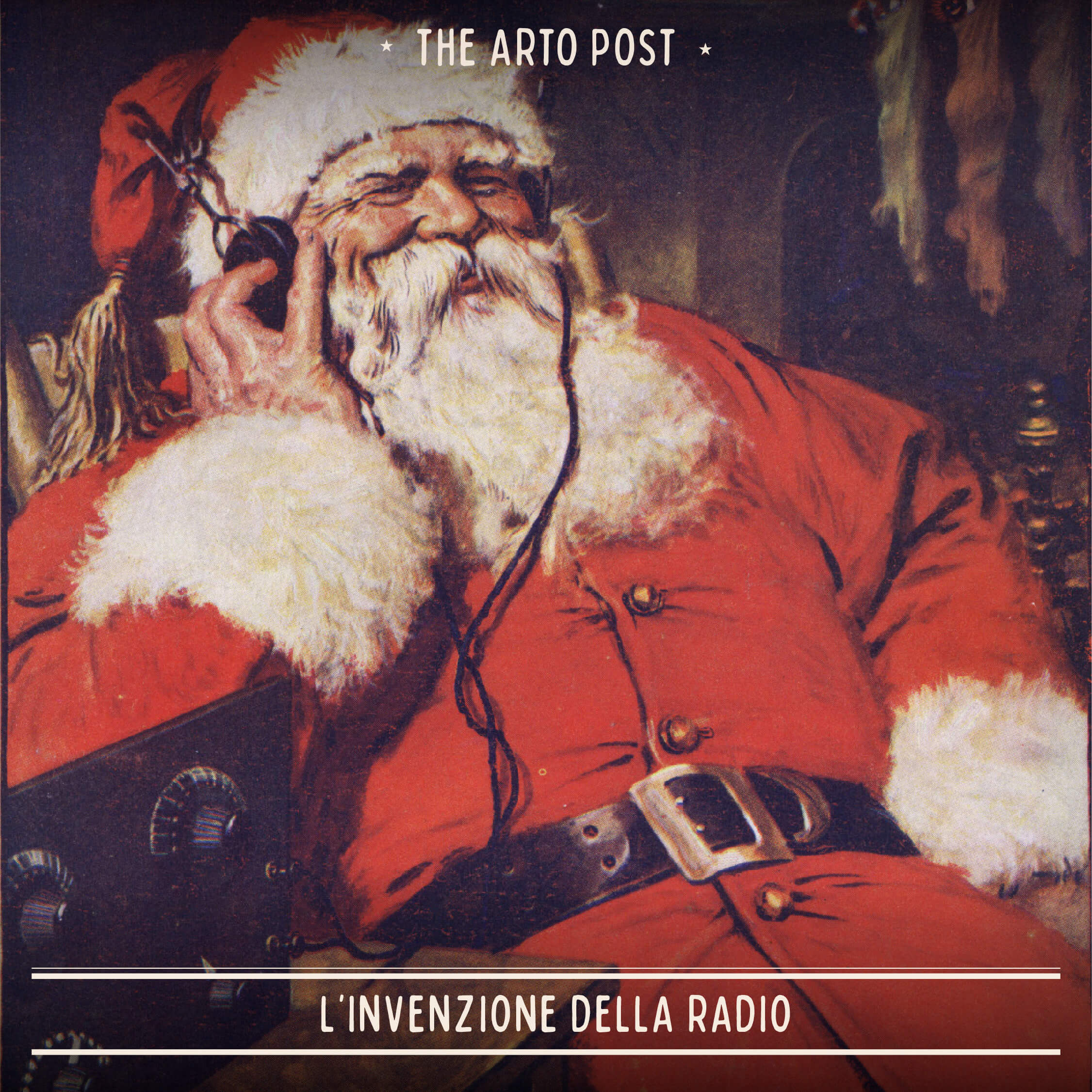The invention of the radio
Category:

Invented in the late nineteenth century, radio wave transmission was initially used to transmit messages over a distance (somewhat like the telephone), until the first radio stations were born in the 1920s.
Just as with all inventions, the discoveries of multiple scientists were decisive, and eventually, as in a jigsaw puzzle, each one affixed his or her tile to arrive at this extraordinary invention that changed the lives of millions of people.
Electromagnetic waves had been discovered in 1873 by the Scottish physicist James Clerk Maxwell; a few years later his German colleague, Heinrich Rudolf Hertz, succeeded in generating waves using electricity, and in 1894 the English physicist Oliver Lodge, built the first electromagnetic wave detector.

From there on the road was open, and between 1895 and 1896 Marconi in Italy and Popov in Russia, without knowing it, were working on a device capable of sending and receiving radio signals.
Marconi anticipated the Russian inventor by a few days, and on June 2, 1896, he was able to file the radio patent first.
The potential of the radio was not immediately understood, and it remained a tool for the few until after World War I when the first radio stations appeared alongside amateur use, broadcasting mainly news and music.
The success of a new music, jazz, triggered a real radio boom, and almost five hundred stations sprang up before long.
If you are curious about what music was being played then, we have made a selection for you: listen to the music of the time here